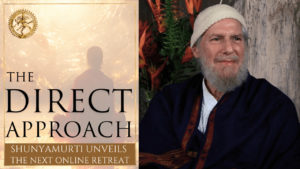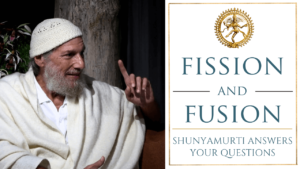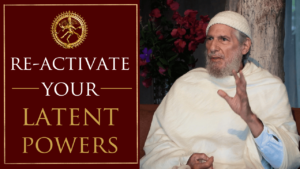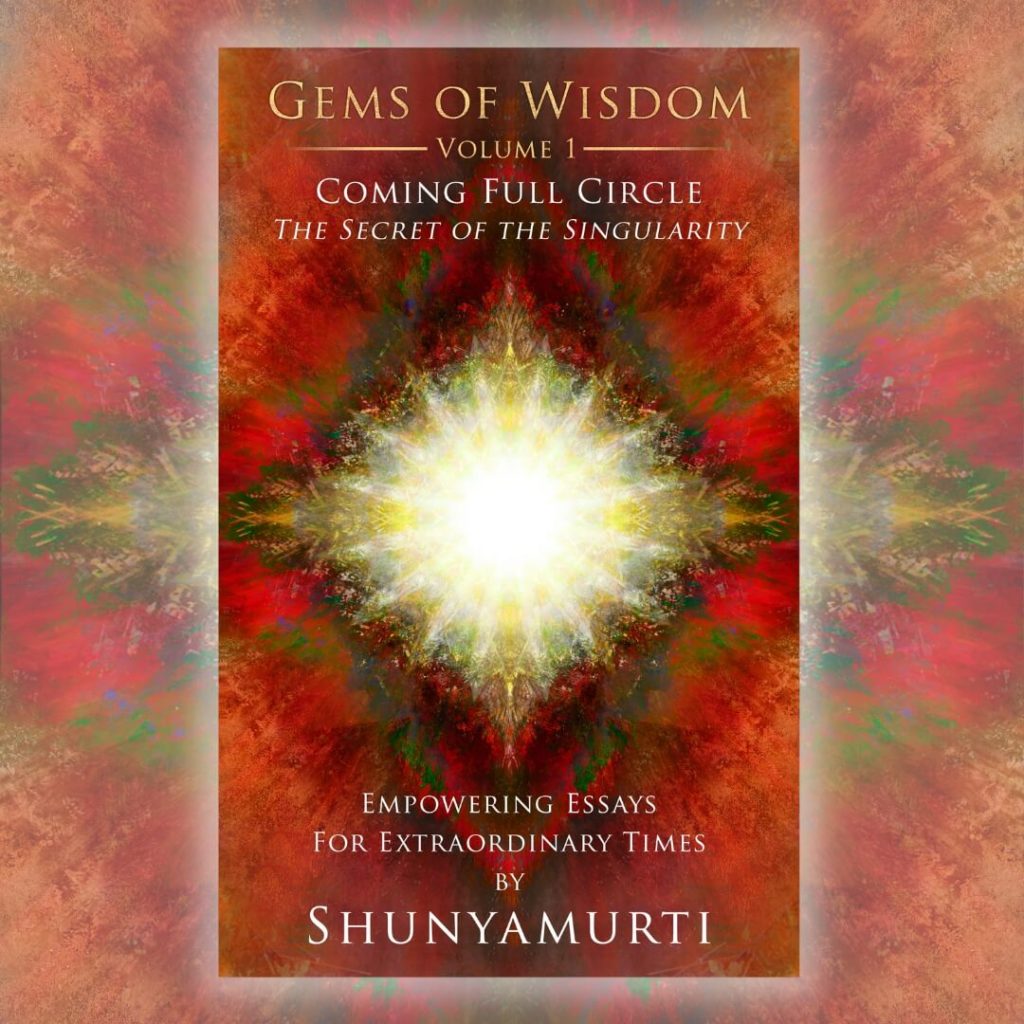BACKGROUND:
Arunachala is an Ashram (Monastery) located in the mountains of Perez Zeledón, by the Pacific coast of Costa Rica, Central America, at 1,100 altitude. Arunachala is the rural component of Sat Yoga. The 108 hectares of the Ashram land are blessed with patches of tropical rainforest, an abundance of creeks, a beautiful river and several springs.
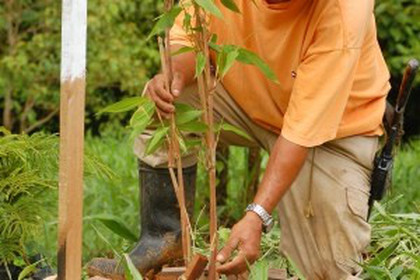
Arunachala receives plenty of rainfall from May to December, the temperature ranges from 15C° to 28C° and the humidity varies from 70% to 95% annually .
During the past decades, a large percentage of the land was used as a cattle farm; this activity destroyed much of the forest and left the soil and waterways eroded and unprotected. When Sat Yoga acquired the land in 2009, the first step was to let natural regeneration occur; namely removing the cattle and beginning the process of reforestation.
Besides providing “Food for the Soul” through the practice of Yoga and silence, Sat Yoga is aware that the nurture of our physical bodies with healthy food, and also the restoration of the health of the entire ecosystem, is essential to the unfolding of a growing, healthy Ashram community, especially in the midst of the collapsing financial, social, and natural systems (i.e. climate change).
Therefore, as soon as the land was acquired in 2009, we began planting trees and other edible crops in small quantities to to see how certain species adapted to the geo-biological conditions of the land. We have always employed principles and practices that work with nature, such as permaculture principles, organic agriculture practices, as well as other approaches, such as biodynamics.
Here is a short summary of the unfolding of agriculture at the Ashram:
In 2010, our first food forest, Anaban, was planted: 1-hectare of land that provides all the bananas we consume and some fruit trees like starfruit, soursop, and also some tropical roots like taro.
During 2011, small areas were planted of several short cycle crops. A great deal of work was done on landscaping around our Bhavans (cabins). We also continued caring for the previously planted areas like Anaban.
In 2012, Hridaya (the Sanskrit word for “Heart”) was co-created, and consists of 2 hectares around Mahatma Lodge, (our main gathering center) which were carefully landscaped as a hybrid between a beautiful garden and a productive farm, with great diversity of crops and trees. Hridaya is a living seed bank of diversity and beauty.
By 2012, approximately 1400 trees of 140 different varieties had been planted, as well as many other annual and short cycle plants, that provide all of our salads and a big percentage of all the carbohydrates we consume.
Trees are the main structure of the farm and take a few years to produce (from 4 to 15 years depending on the species). This is why in 2013 it was decided to dedicate our time and energy to tree planting.
Our vision as a growing community, is to be a refuge for all kinds of visitors with whom we can share a healthy inner and outer life. This vision includes lots of fruit; therefore, the amount of trees and areas to be planted is abundant.
THE PROCESS
With a clear vision and a well established team of community members and local workers, we then proceeded to the selection of the trees. When selecting the trees, it was necessary to take into account a diverse community with a need for a wholesome and delicious vegetarian diet. Besides species that provide food, we chose to consider trees that would be healing for the ecosystem.These are some of their functions:
Protection of water sources.
Beautiful landscaping.
Production of medicines, fibers and oils.
Wood for shelters.
Habitat for wildlife, flowers for our bees.
And many other ecological functions…
During this stage, we had the honor of a visit from Rafael Ocampo–a well known botanist and naturist from Costa Rica, who contributed his wisdom and guidance in the selection of the species and planting sites, as well as sharing with us his interesting cosmovision of nature and natural systems design.
Finding all these species took us on field trips throughout Costa Rica, as we visited specialized Education and Research centers like CATIE, INTA and EARTH University that have selected varieties of fruit trees. We also visited commercial nurseries, like La Bonita, Zill Plants as well as trips to smaller, highly specialized nurseries/gardens, like La Isla Botanical Garden and Vita Verde. Juan Carlos Herrera, the main grafter of Zill Plants, visited us to check our ecological conditions and then selected specific varieties of mangoes and avocados- among other fruits- that will be better adapted to Arunachala. We chose varieties based on the flavor of the fruit, hardiness, health and size of the trees. We also reproduced several of the trees at our own nursery and bought locally many living fence posts from nearby farms; at least 30% of the trees planted came from the immediate surroundings of Arunachala. By the end of this stage of the process, we had acquired/propagated around 3000 trees.
A beautiful and multidimensional phase of the project was to find places to plant each tree, which lead us to taking long walks on the land. In addition, we used many resources previously generated by the Ashram team, such as:
The Ashram Master Plan, produced by Francisco Rojas, our architect. This plan is very important since it indicates all the areas where future buildings will be built.
The map of all the springs and waterways.
Some topographical maps, geological studies and the legal map of the property.
With this technical information and the inspiration from our beautiful tropical rainforest, we continued designing a food forest in each area and joyfully applying planting patterns that blended harmoniously with the existing vegetation, while respecting the specific needs of the species of trees.
On a micro level, there are also the ecological considerations for each species of tree. For example, with the Cacao tree we have many questions to consider before proceeding to buy it, place it and plant it. Firstly, do we eat chocolate in our diet? (yes) how much? (a considerable amount). Does the community want it? (yes) Can the cacao tree grow in our climate and at our altitude? (maybe, it needs special conditions and we must find the lowest altitude terrain on the land, as well as being protected from wind) Does it need shade? (yes) Which trees can be used as shade (bananas, plantain, peach palm, ingas)? How much in advance do we have to plant the “shade”? (at least 2 months). Where can we get cacao trees that are diverse, free of diseases (monilia) and good quality fruit? (CATIE). When is the best time to plant them so they don’t need irrigation? (August). What maintenance do they need?. This is just an example to illustrate the numerous considerations that reflect the uniqueness of each tree.
With the sites and species selected, the next step is to prepare the land to plant the trees. This preparation involved the application of many permaculture practices, especially soil conservation. Some examples of the practices we used are: compost winrows on contour lines, swales, adaptation of the design to the existing natural regeneration, application of native microorganisms to the organic matter for a faster decomposition.
Finally after these steps, we reached the moment of planting! With great care and after receiving detailed training on tree planting, our crew of local workers began to plant. With a mixture of worm compost (produced at the farm by some of our community members), good vegetable soil, and activated charcoal and mulch; each tree was grounded in Arunachala. Also, each tree had a painted stake placed next to it, to identify and map it with GPS, so as to create a Tree Map that will facilitate the maintenance, harvesting and future planning.
THE UNFOLDING
The tree planting season finished in late August 2013, but our relationship with the trees will never end, as we will continue enjoying their company, development, and fruit!
These trees offer us an invaluable opportunity to observe, learn and care for Arunachala. May we share their beauty and may they provide all the Ashram dwellers and visitors with their abundance. These trees are becoming another symbol of our own inner and outer growth as a whole community. Namaste


